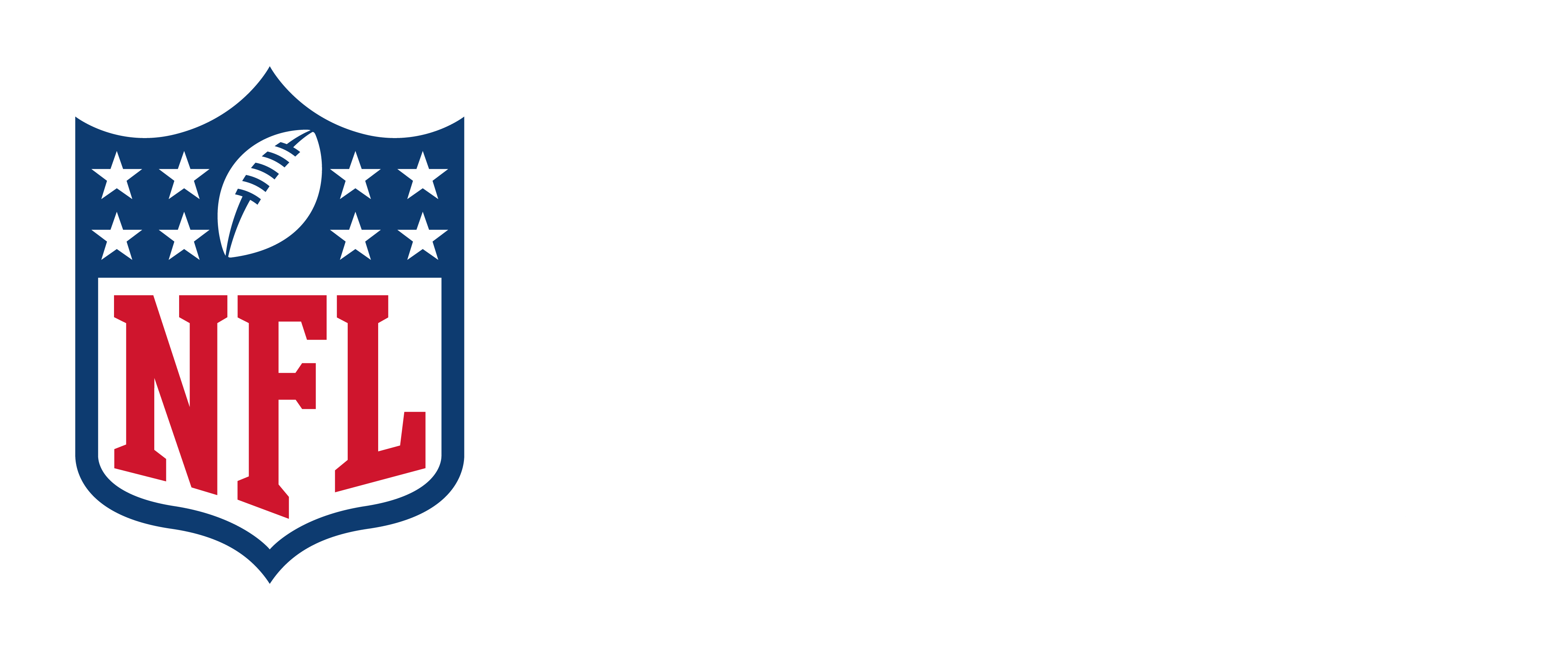Youngstown, Ohio was abuzz with entrepreneurial energy in mid-November as innovators from around the world gathered for the official kickoff of the NFL Helmet Challenge, a $3 million innovation competition to crowdsource a next-generation football helmet.
Three hundred engineers, manufacturing experts and innovators participated in a three-day symposium focused on information-sharing and collaboration. Panels discussed the state of helmet technology and provided attendees with additional information about maximizing their chances of winning up to $2 million in grant funding to support the development of their helmet prototypes for submission in the NFL Helmet Challenge.
"You're here to help the 2,000 players I represent," NFL Players Association (NFLPA) Medical Director Thom Mayer told attendees on day one. "Health and safety are non-negotiable, and this is a way to exponentially accelerate progress."

Gathering the Best and Brightest
The primary goal of the symposium was to gather experts from various industries under one roof and set them up for successful participation in the NFL Helmet Challenge.
An entire afternoon at the symposium was dedicated to breakout sessions, which provided structured and strategic networking opportunities for the 300 attendees to assemble teams with the wide range of subject-matter expertise needed to create a full helmet prototype.
BCG Senior Advisor Micky McManus offered advice to participants as they headed into their breakout sessions.
"Humans have common sense, creativity, passion and biases. Better is going to be different and different is hard – you are going to have to play with ideas from all over the place," he said.

Using Data to Solve Problems
The NFL Helmet Challenge, like the NFL's other ongoing efforts to advance protective equipment designs, is rooted in data.
"We are using a variety of data sources to help us be really clear about impact location methods we have chosen for testing to mimic what happens on the field," explained Dr. Kristy Arbogast, Co-Scientific Director and Director of Engineering for the Center for Injury Research and Prevention at Children's Hospital of Philadelphia and an engineering advisor to the NFLPA.
"We are benefitted by the high-quality video data we have to really understand the locations of impact," said Arbogast.
Participants in the Helmet Challenge will have access to that video review data and to finite element (FE) models of four modern football helmets, which Dr. Arbogast walked participants through.

A Dedication to Innovation
The NFL Helmet Challenge is the next phase of the league's Engineering Roadmap, a $60 million health and safety initiative that aims to improve the understanding of football biomechanics and to spur innovation in protective equipment.
Programs funded through the Engineering Roadmap have already generated dozens of innovative protective equipment concepts, like – which has been awarded two HeadHealthTECH Challenge grants totaling $296,820 to support prototyping and testing of its unique helmet liner system.
NFL Legend and Windpact CEO Shawn Springs participated in a symposium panel to offer advice based on his experience as a player and entrepreneur.
"The goal is not to make the helmet thicker, but to [develop] new advancements and materials that can respond to impacts," Springs said. "[Whatever you design] has to be affordable and practical. It can't take two years to manufacture one helmet."
Chris Yakacki, the President, CEO and CTO of Impressio, another HeadHealthTECH Challenge winner also appeared on a panel and underscored the importance of collaboration across industries.
"I believe winning ideas will combine the lanes of design, manufacturing and materials," he said.

Transformational Change
The NFL Helmet Challenge is a unique opportunity for innovators to work together to solve a complicated problem – how to create a football helmet that outperforms, based on laboratory testing representing potentially concussive impacts in the NFL, helmet models currently worn by NFL players.
Innovators who want to apply for the $2 million in grant funding available to support the development of their prototypes for submission to the NFL Helmet Challenge have until March 2020 to submit their proposals.
The challenge will culminate in July 2021 with the applicants submitting helmet prototypes for testing.
"The goal is a Helmet Performance Score (HPS) less than 0.7," said Dr. Arbogast. "That is the number that will advance us beyond where we currently are with helmet design and impact the likelihood of brain injury for our players."
For reference, the average score for current helmet models is approximately 1.0. The lower the score, the better the performance.
"We are talking double-digit percent improvement on the current performing helmet," said Dr. Jeff Crandall, chair of the NFL's Engineering Committee. "We are looking for transformational change – and we think it's achievable."










